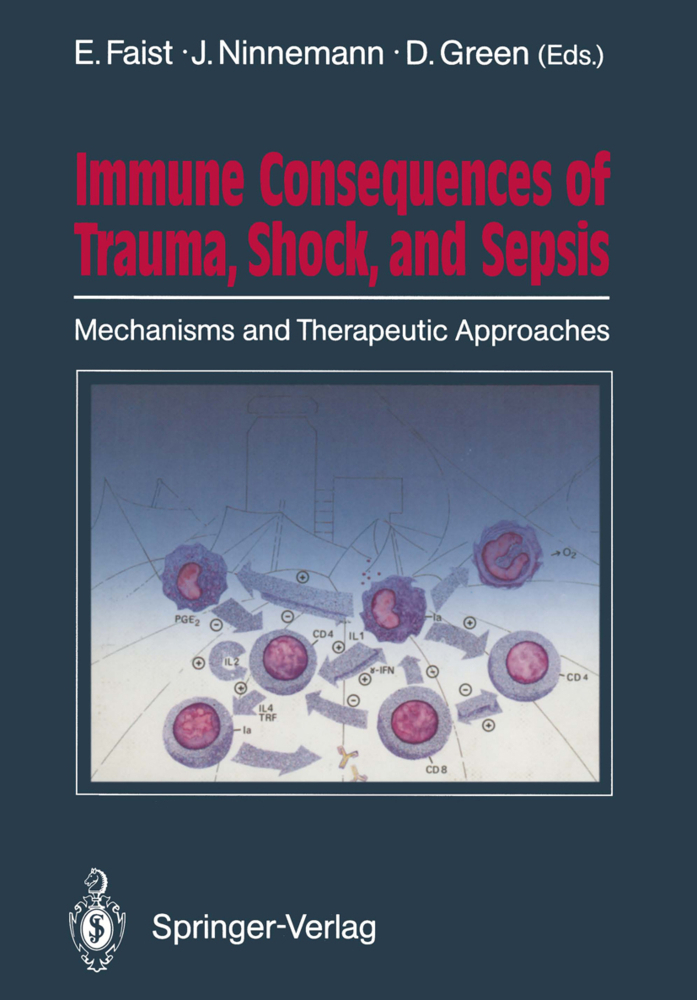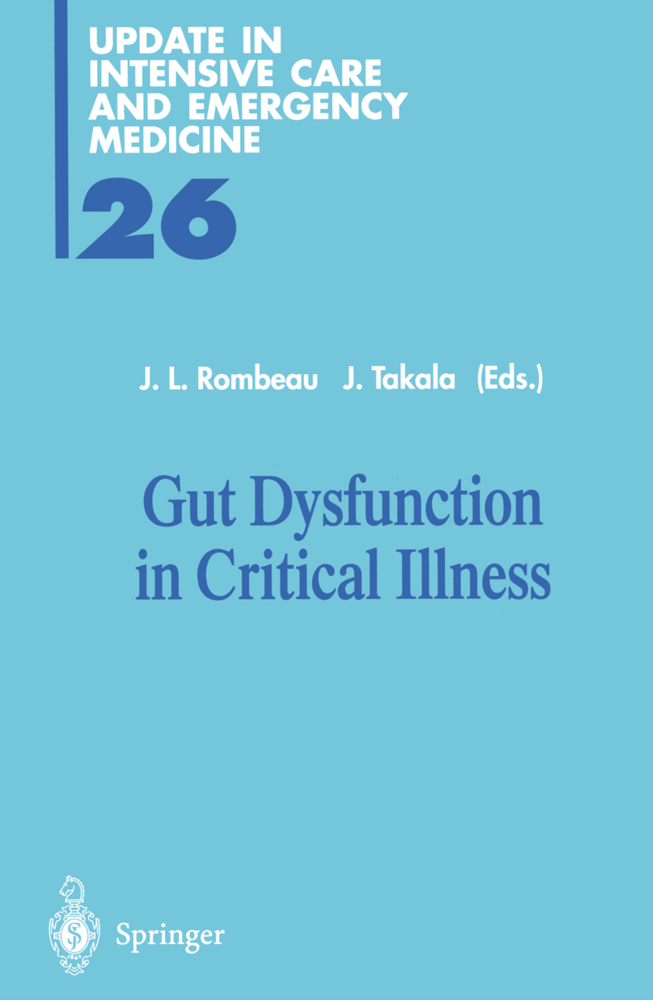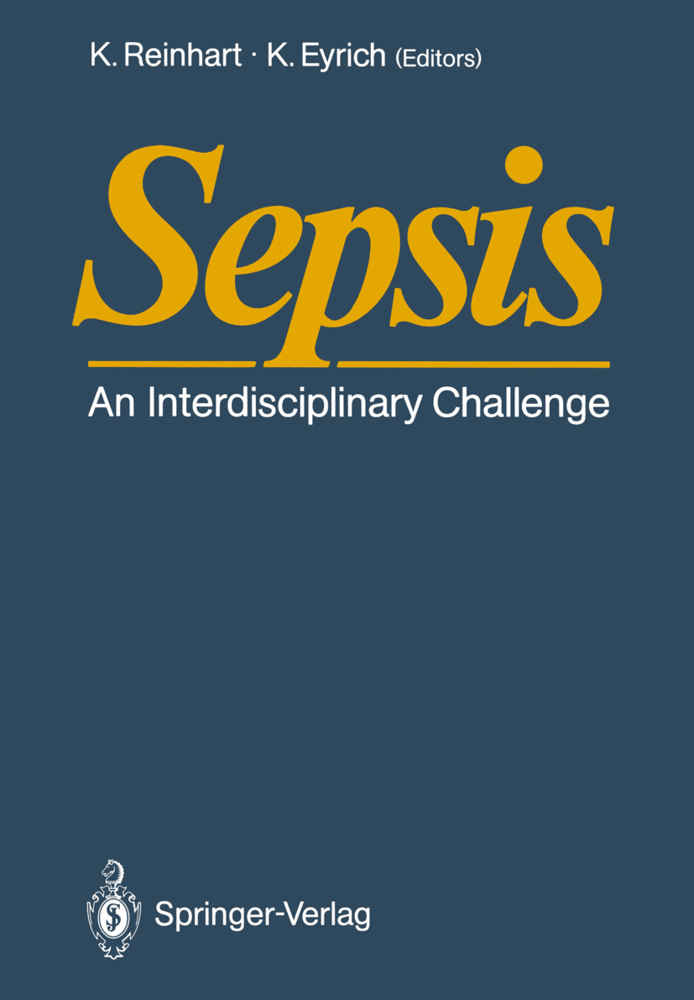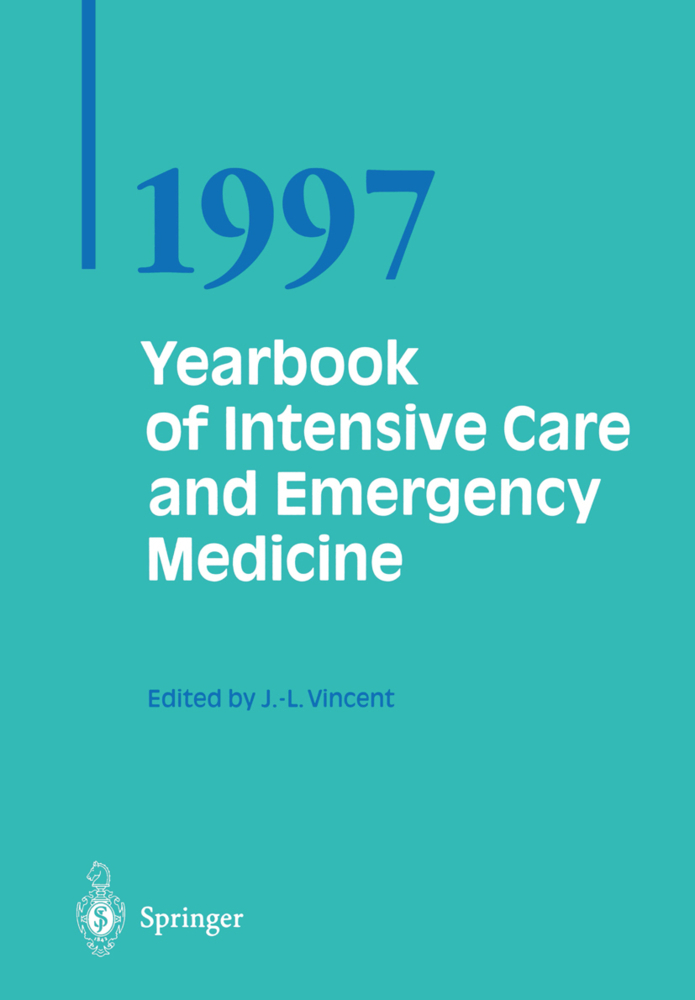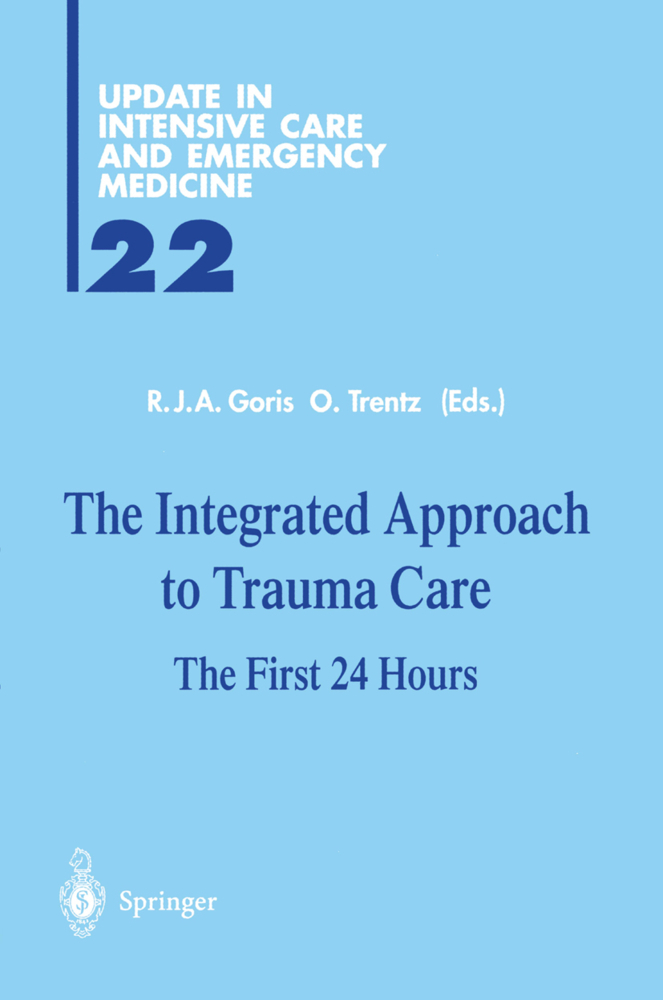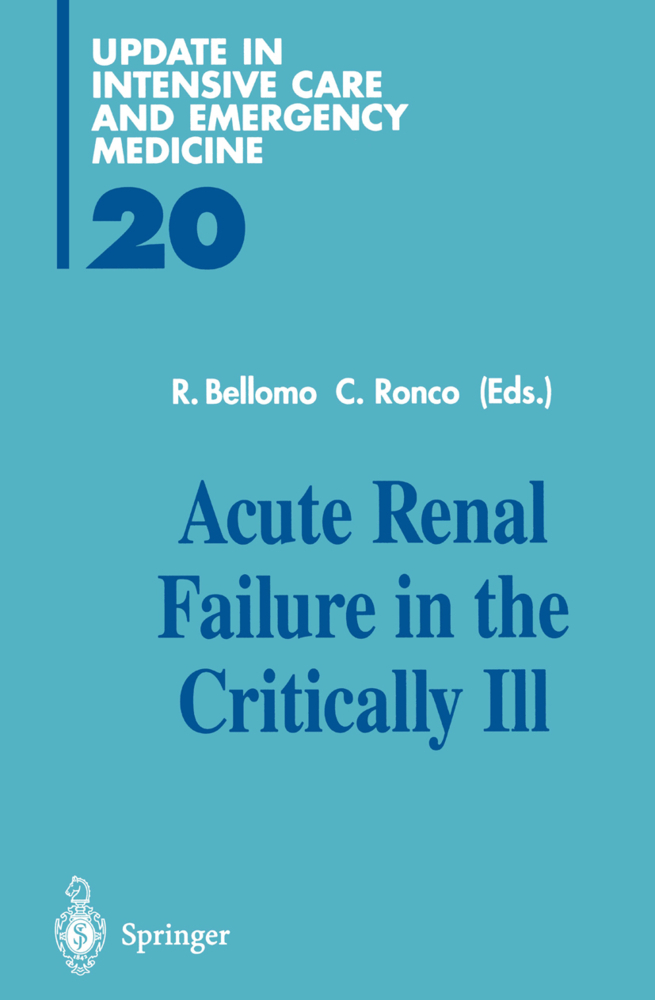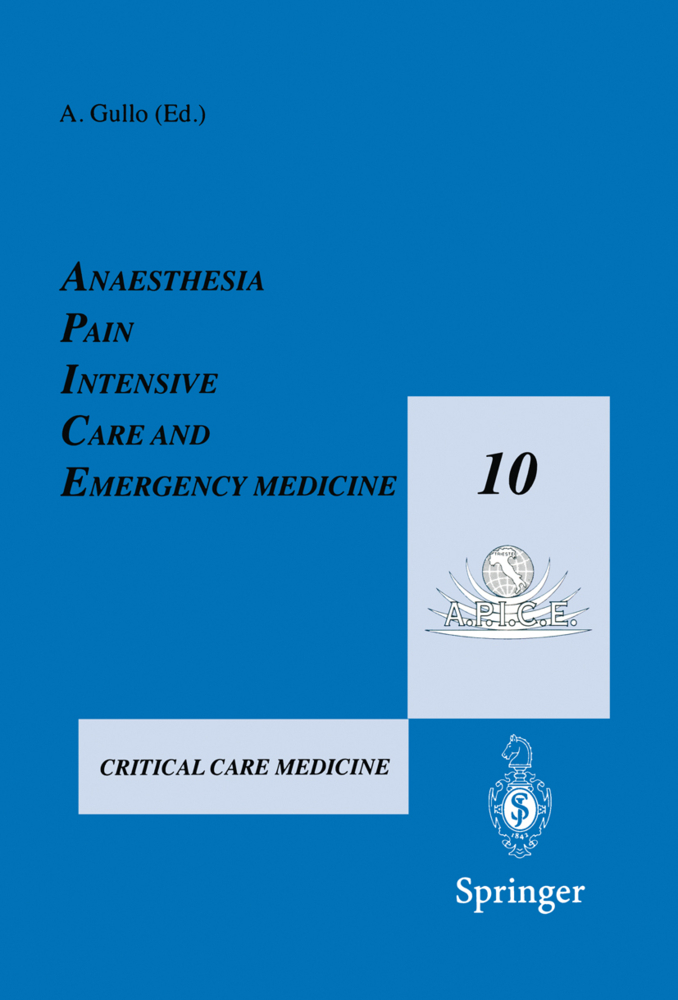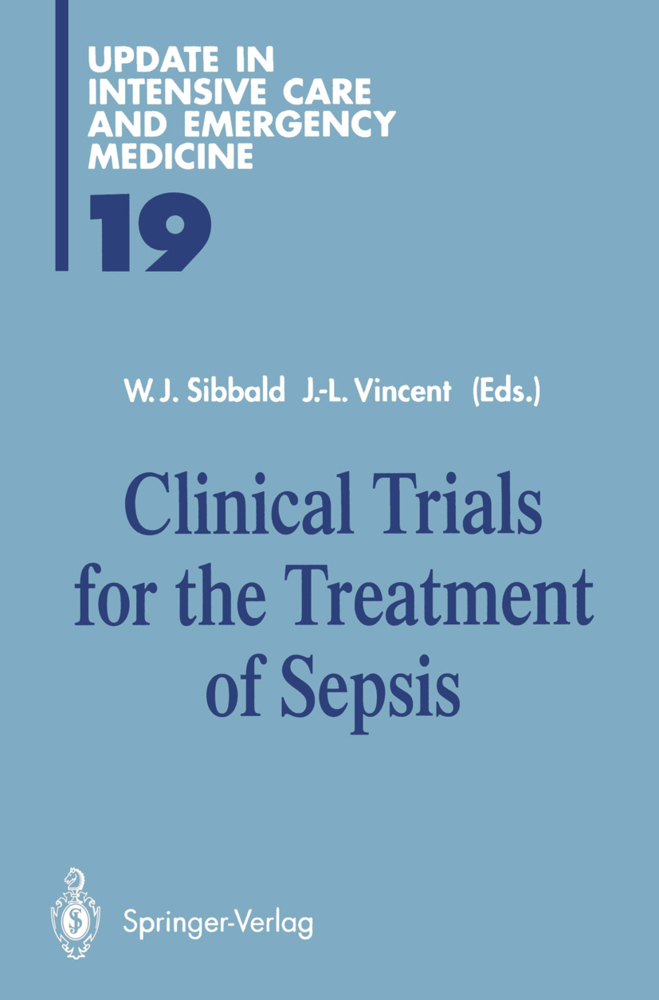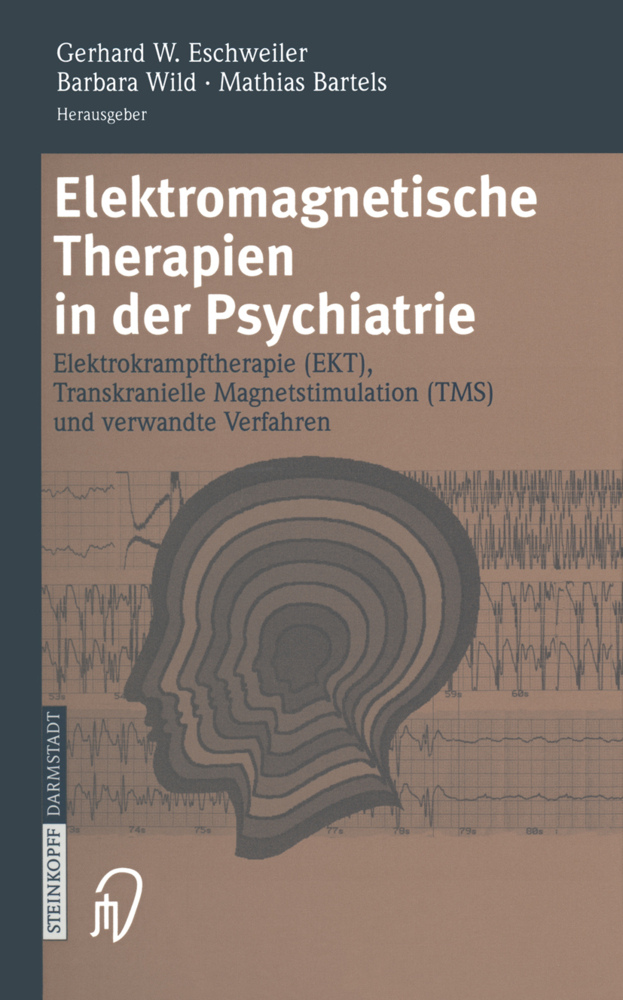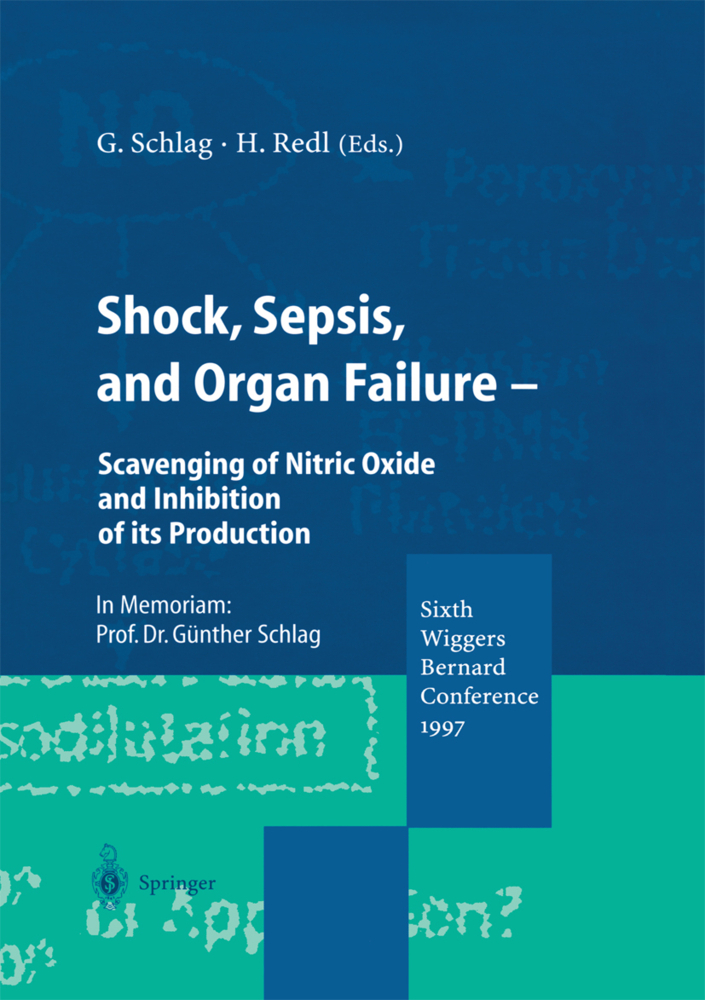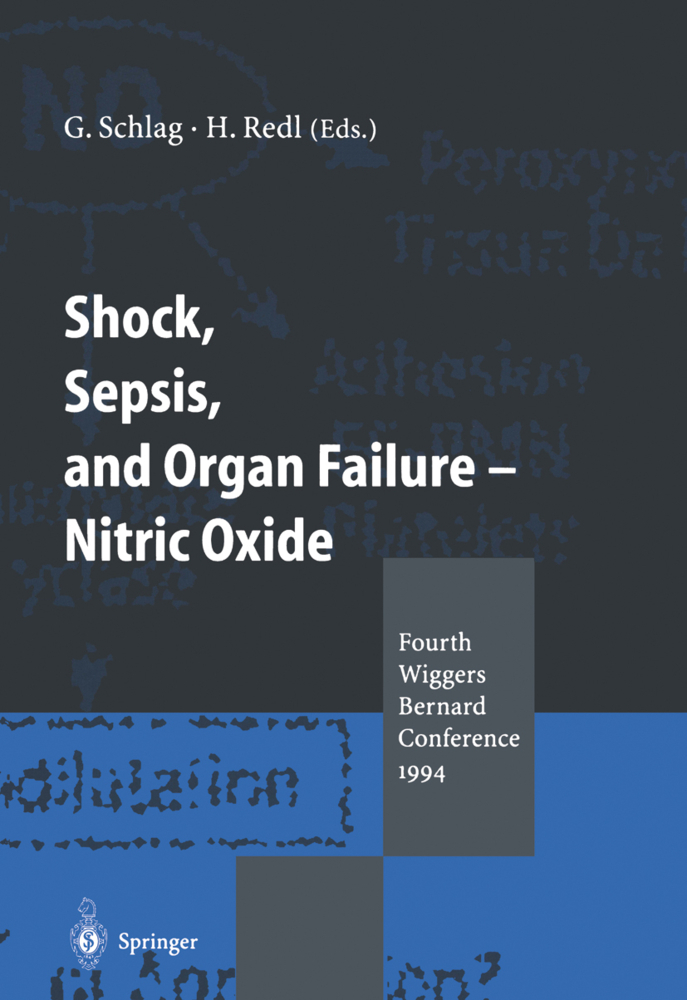Immune Consequences of Trauma, Shock, and Sepsis
Mechanisms and Therapeutic Approaches
Immune Consequences of Trauma, Shock, and Sepsis
Mechanisms and Therapeutic Approaches
Sepsis and infection are the major enemies of the intensive
care patient in whom immunological defenses are severely
impaired. This major problem is thefocus of attention in
this book, based on the presentation of the First
International Congress on the Immune Consequences of Trauma,
Shock, and Sepsis, which is one of the first attempts to
exchange ideas on the state-of-the-art in this area of
immunology. Both basic and clinical research, including new
centres of attention, are described. The growing role of
immunology in medicine opens new avenues to the under-
standing of trauma and sepsis and will allow the design of
novel therapeutic approaches.
Trauma and Non-Specific Immune Mechanisms
Endotoxin, Prostaglandin, and other Triggers of Trauma- Induced Immunosuppression
Immunology of the Skin and Wound Healing
Impact of Therapeutic Regimen on Immune Function
Restoration of Impaired Immune Response: In Vitro Models and Clinical Trials
Subject Index.
Contents: General Aspects
Trauma and Specific Immune MechanismsTrauma and Non-Specific Immune Mechanisms
Endotoxin, Prostaglandin, and other Triggers of Trauma- Induced Immunosuppression
Immunology of the Skin and Wound Healing
Impact of Therapeutic Regimen on Immune Function
Restoration of Impaired Immune Response: In Vitro Models and Clinical Trials
Subject Index.
Faist, Eugen
Ninnemann, John L.
Green, Douglas R.
| ISBN | 978-3-642-73470-0 |
|---|---|
| Artikelnummer | 9783642734700 |
| Medientyp | Buch |
| Copyrightjahr | 2012 |
| Verlag | Springer, Berlin |
| Umfang | XX, 563 Seiten |
| Abbildungen | XX, 563 p. |
| Sprache | Englisch |

